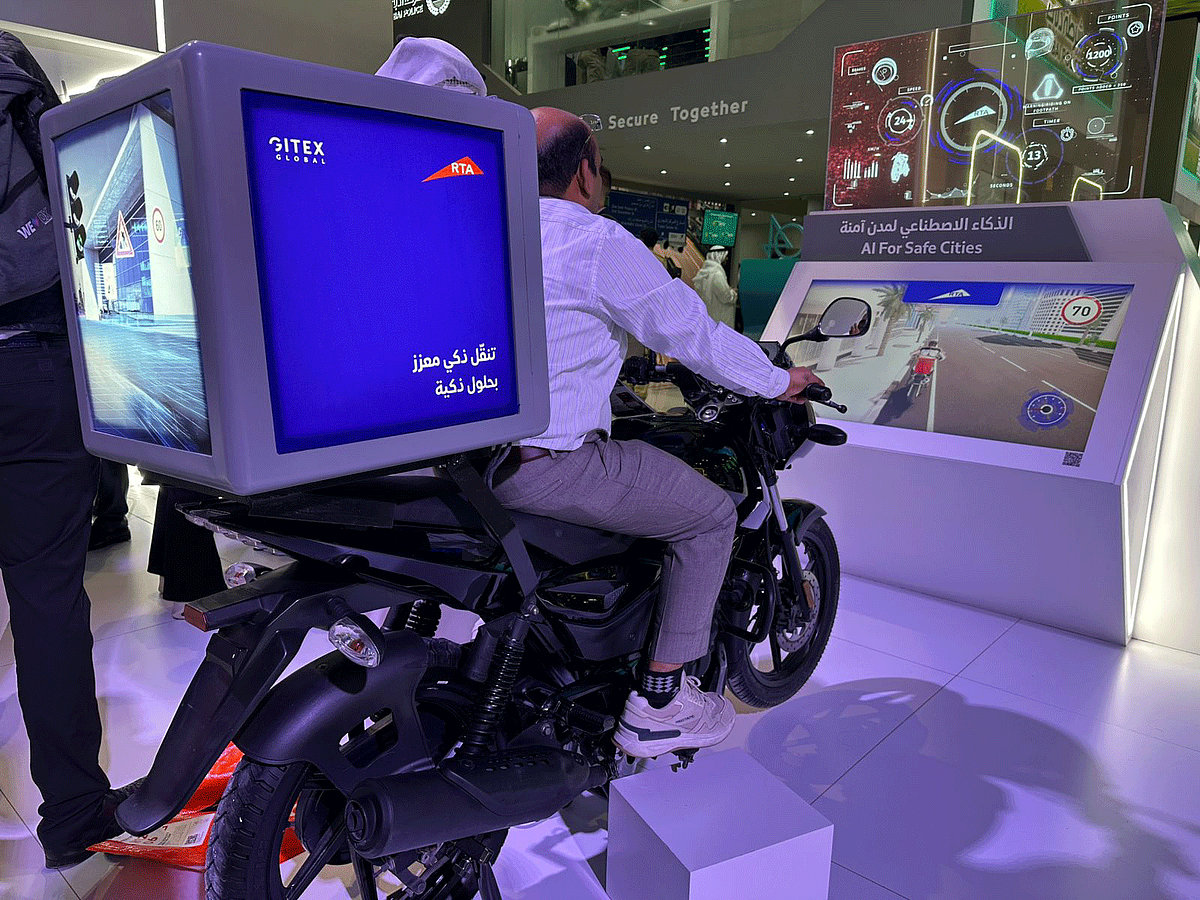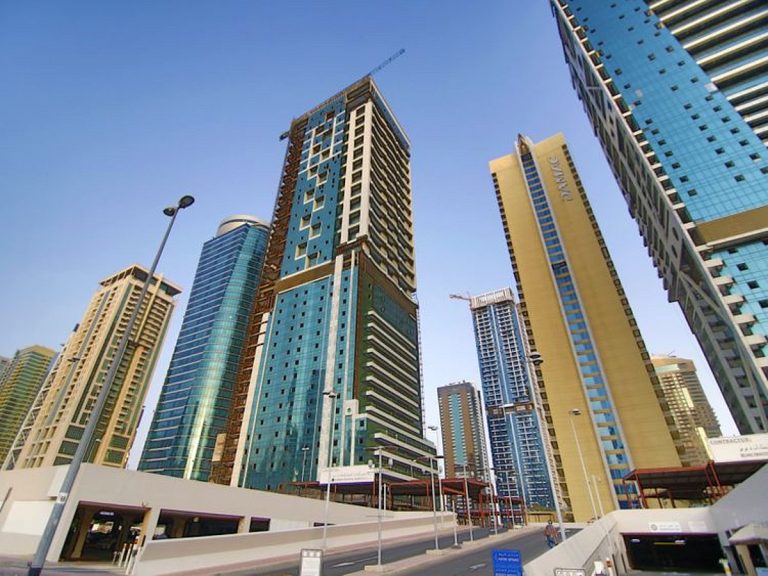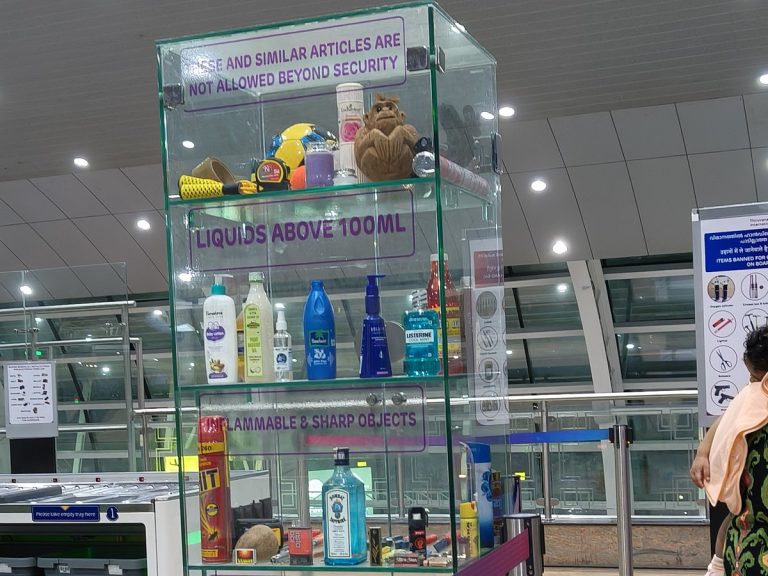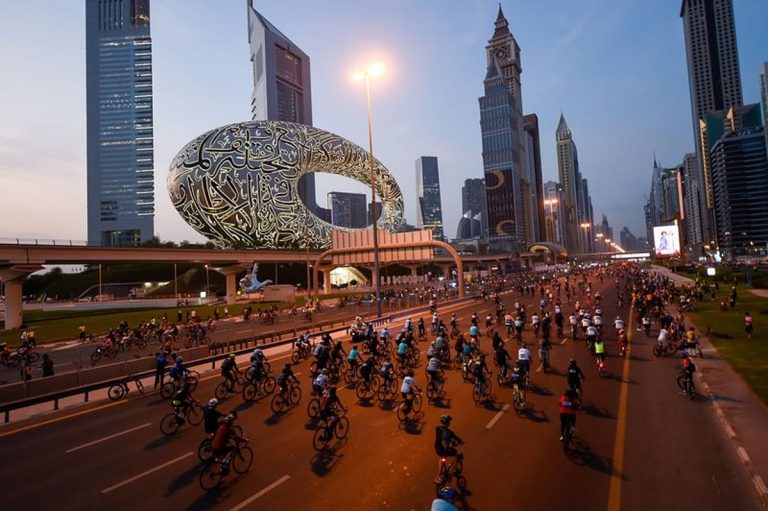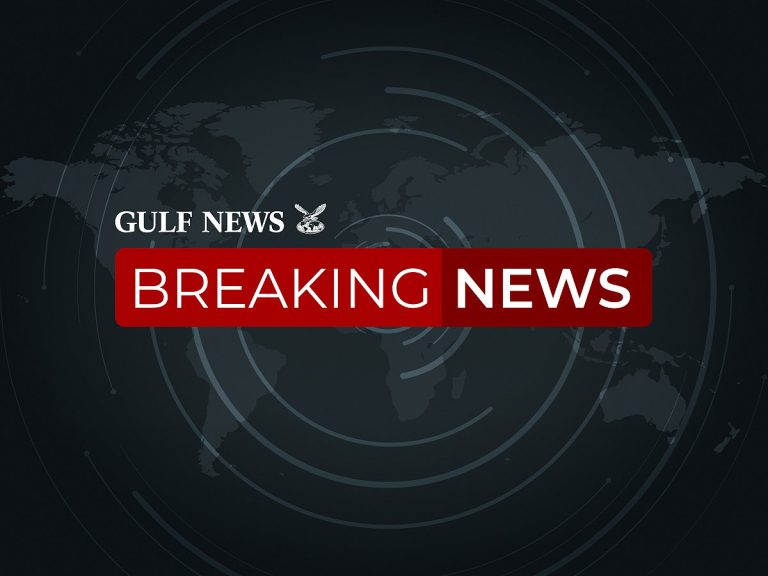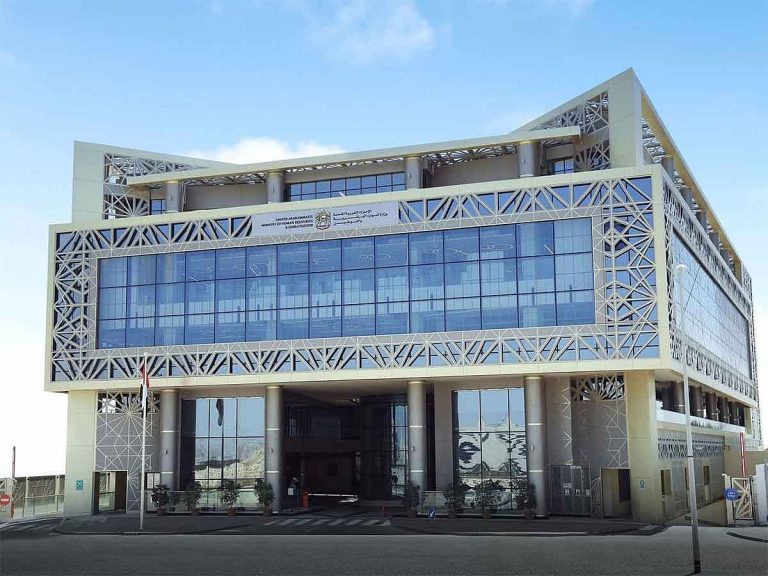Dubai RTA Launches Monitoring System for Delivery Riders
The Roads and Transport Authority (RTA) in Dubai is implementing a comprehensive monitoring system for delivery bike riders to improve road safety. This initiative utilizes advanced technologies, including telematics, AI-enabled cameras, GPS, and sensors, to track and assess rider behavior in real-time.
Overview of the Monitoring System
Currently, there are approximately 65,000 delivery riders in Dubai, a number that is expected to increase. The new system will monitor various aspects of rider behavior, such as speeding, harsh braking, sharp turns, and the use of safety gear. Additionally, it will utilize geofencing to ensure riders remain on designated routes.
Saeed Alramsi, Director of Asset Management at RTA, emphasized the importance of this initiative, stating that riders who demonstrate unsafe behaviors may be required to undergo retraining or face suspension of their delivery licenses. Conversely, those who excel in safe riding practices will be recognized and rewarded.
Technology and Data Collection
The monitoring system will also incorporate cameras to capture road conditions and incidents, aiding in the determination of fault during accidents. Alramsi noted that the cameras will help provide a clearer picture of events, ensuring that not all blame falls on the riders.
Currently, the RTA is conducting proofs of concept (POCs) with various delivery operators to identify the most effective monitoring solutions. These trials are expected to conclude by the end of the first quarter of 2026, after which the system will be fully implemented across all delivery bikes in Dubai.
Future Goals and Implementation Timeline
By the end of 2026, the RTA aims to have continuous monitoring in place for the entire delivery fleet, which could grow to 75,000 bikes. This initiative builds on previous efforts to leverage AI for monitoring rider behavior, which has already shown promising results by significantly reducing inspection times.
Once the trials are completed, delivery platforms and couriers will be required to adopt the new system. While the installation of necessary hardware on each bike will take time, Alramsi assured the public that full monitoring will be achieved by the end of 2026.
FAQs
What technologies are being used in the new monitoring system?
The system employs telematics, AI-enabled cameras, GPS, and sensors to track rider behavior, including speed, braking, and route adherence.
How will the RTA handle riders who exhibit unsafe behavior?
Riders identified as unsafe may undergo retraining, receive additional instruction, or face suspension of their delivery licenses, depending on the severity of their actions.
When will the new monitoring system be fully implemented?
The RTA plans to complete trials by the end of the first quarter of 2026, with full installation and monitoring expected by the end of 2026.
Conclusion
The RTA’s new monitoring system for delivery riders in Dubai represents a significant step towards enhancing road safety. With advanced technology and a focus on rider behavior, the initiative aims to reduce accidents and promote responsible driving. As the implementation progresses, both riders and the public can look forward to a safer delivery environment in the city.
The introduction of this monitoring system aligns with global trends in urban mobility, where cities are increasingly adopting technology to enhance safety and efficiency in transportation. Delivery services have seen a surge in demand, particularly following the COVID-19 pandemic, which has led to a greater emphasis on ensuring that delivery riders operate safely. By integrating real-time data collection and analysis, the RTA aims to create a safer environment not only for riders but also for pedestrians and other road users.
Moreover, the initiative reflects a broader commitment by the Dubai government to improve road safety and reduce traffic-related incidents. Previous campaigns have focused on educating drivers and riders about safe practices, but the use of technology in monitoring adds a layer of accountability. The RTA’s approach may serve as a model for other cities facing similar challenges with delivery services and road safety, showcasing how data-driven solutions can address complex urban issues effectively.
As the trials progress, feedback from delivery operators and riders will be crucial in refining the system. The RTA plans to engage stakeholders throughout the implementation process to ensure that the monitoring system meets the needs of all parties involved while promoting a culture of safety on the roads.
Also Read:
Dubai Taxi Company and Keeta Enhance Delivery Services
Dubai’s Major Road Upgrades to Enhance Commute Efficiency

